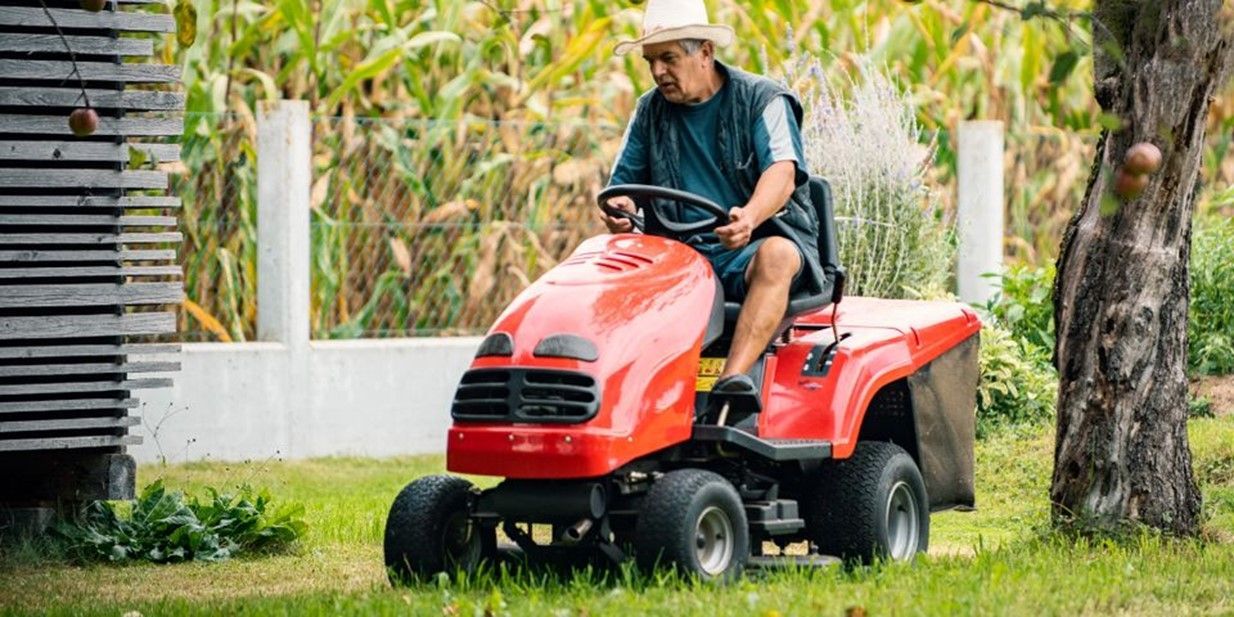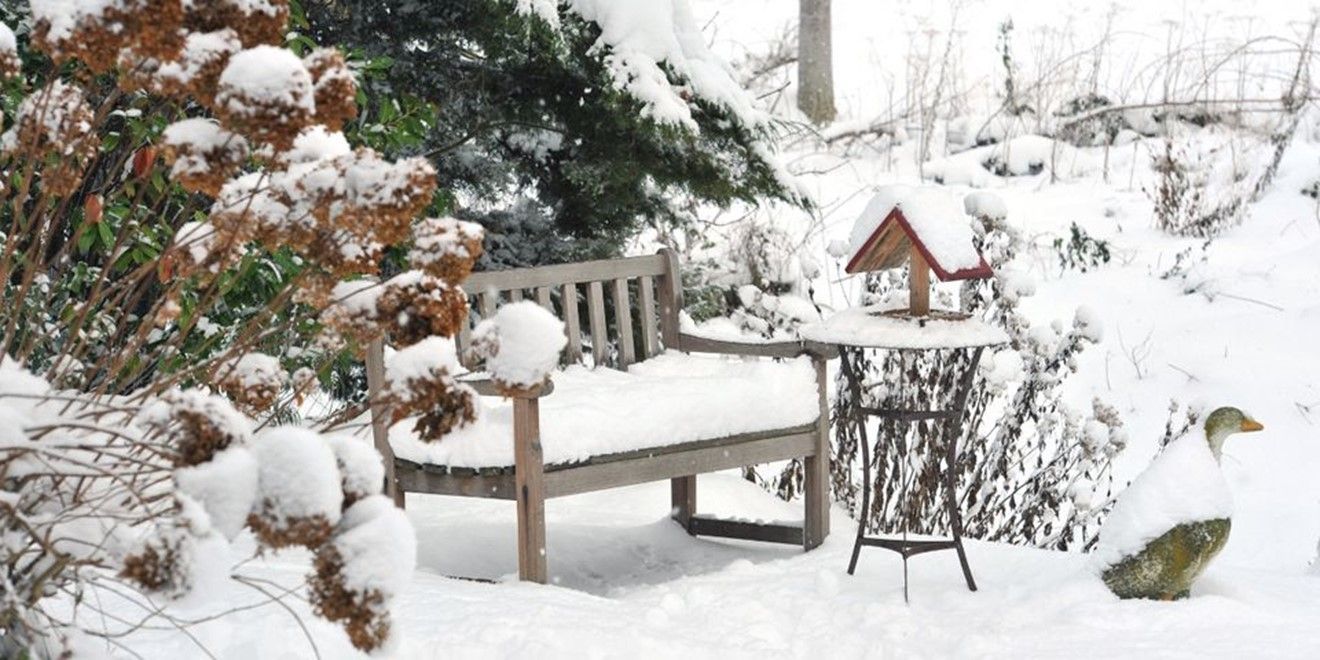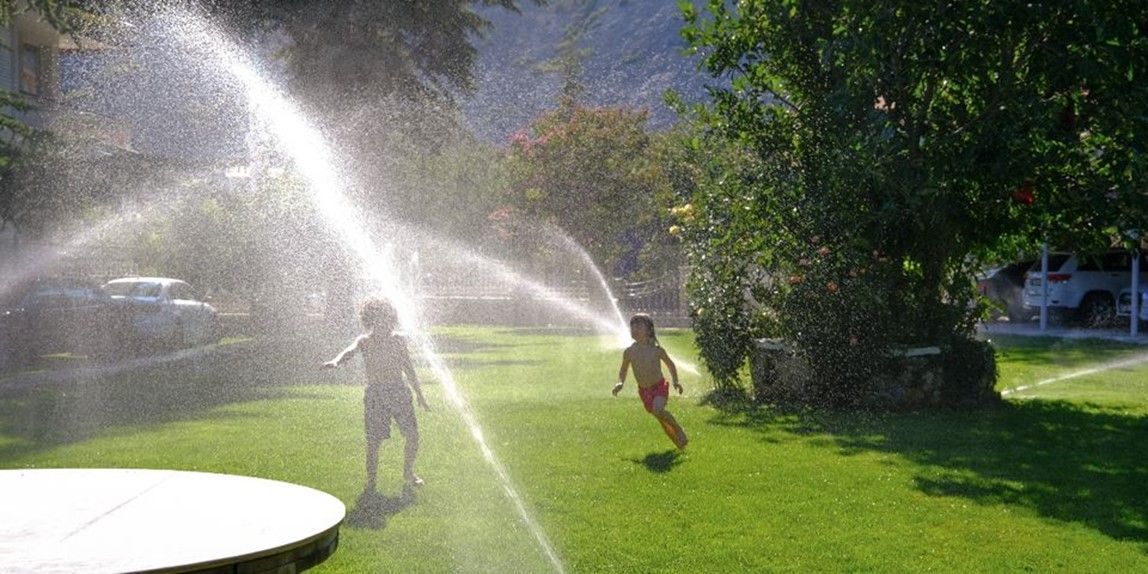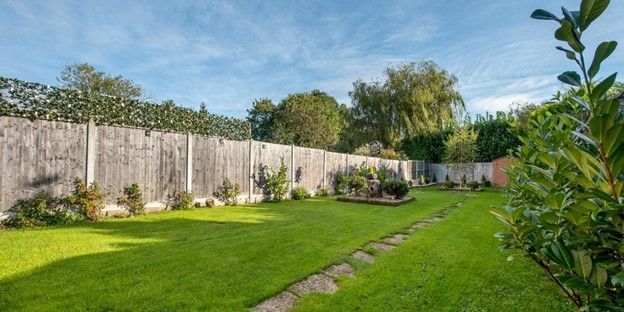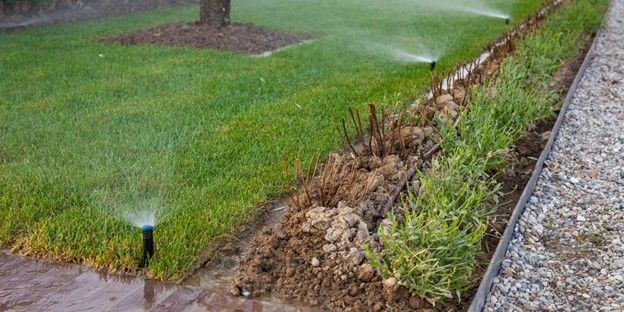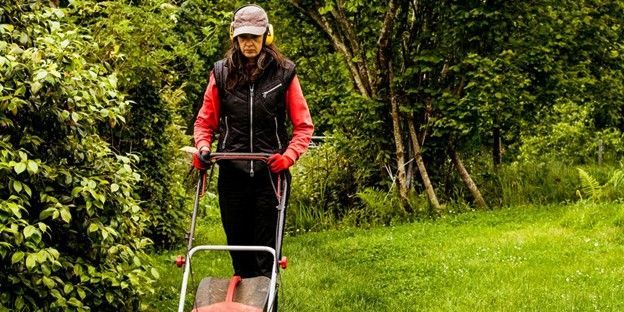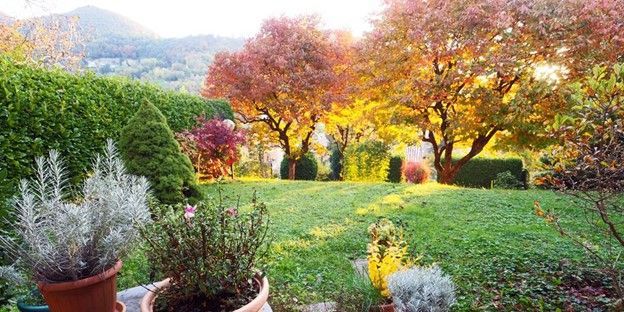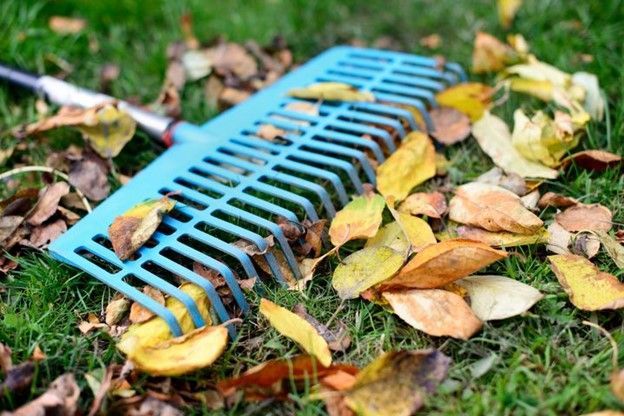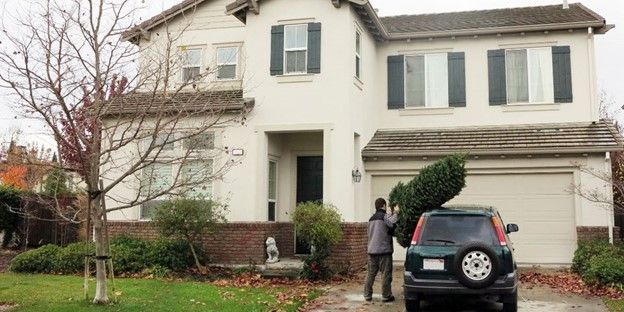The Benefits of Fall Fertilization

Many homeowners only schedule lawn fertilization as winter tapers off into spring. While fertilizing in the spring is necessary for lawn health and growth during the summer months, nourishing the yard in the fall has specific advantages. From helping it recover to promoting stronger growth, your lawn will be a point of pride for you and a source of envy for your neighbors.
Why Should Homeowners Invest in Fall Lawn Fertilization?
1. Summer Recovery
Even with proper irrigation, all lawns experience stress during the summer. It may come from heat, drought, or the increased foot traffic of playing children or hosting parties outdoors—if not all three. Fall fertilization provides nutrients the lawn needs to recover and has the added benefit of making the grass greener and last longer toward the end of the year rather than an unfed yard.
2. Winter Preparation
Lawns become hungry during the fall, especially as the growing season comes to an end. The carbohydrates and phosphorous in the fertilizer will become stored energy during the winter. They also stimulate root growth, depth, and strength before winter freezes the soil.
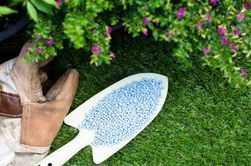
3. Increased Strength
Fertilization will also benefit other forms of plant life in your yard, like flowers, shrubs, and trees. A superphosphate fertilizer injection into the soil will strengthen plant roots, allowing more flowers to grow once spring begins.
In the winter, shrubs and trees are deprived of the nitrogen provided by decomposing mulch beds. This is particularly noticeable in trees; when they need fertilization, their leaves will have a pale yellow color rather than a healthy green. With a light use of slow-release nitrogen, trees and shrubs will be under less stress from the weather. Their health will improve, and their growth will be stimulated in the spring. They’ll also have the energy they need to combat pests and disease effectively, ensuring their health in the long-run.
Trees also experience a lack of necessary nutrients when their fallen leaves are raked. When allowed to decompose naturally, they provide nutrients trees will benefit from over the winter.
4. Improved Results
Once spring arrives, the benefits of fall fertilization will become even more evident. The stored nutrients will allow the growing season to start earlier, as the roots are stronger and have more energy. Homeowners can expect to see their lawn turn green again between two and six weeks ahead of schedule. Once the grass comes in, you’ll notice that it’s also thicker and has a healthier color.
The strength also lends itself to resilience, with the lawn becoming more resistant to disease and drought in the spring and summer months.
By scheduling fertilization in the fall, the grass and the soil will be ready for the winter ahead. To ensure your lawn is given proper treatment, reach out to Nature Plus Lawn & Irrigation. For nearly 30 years, their team has offered comprehensive care at affordable rates. Their irrigation and lawn care technicians are available throughout the Hamilton, Butler, Warren, and Clermont counties of Cincinnati, OH. For more information on their services, visit their website. To schedule an appointment, call (513) 755-9434.

